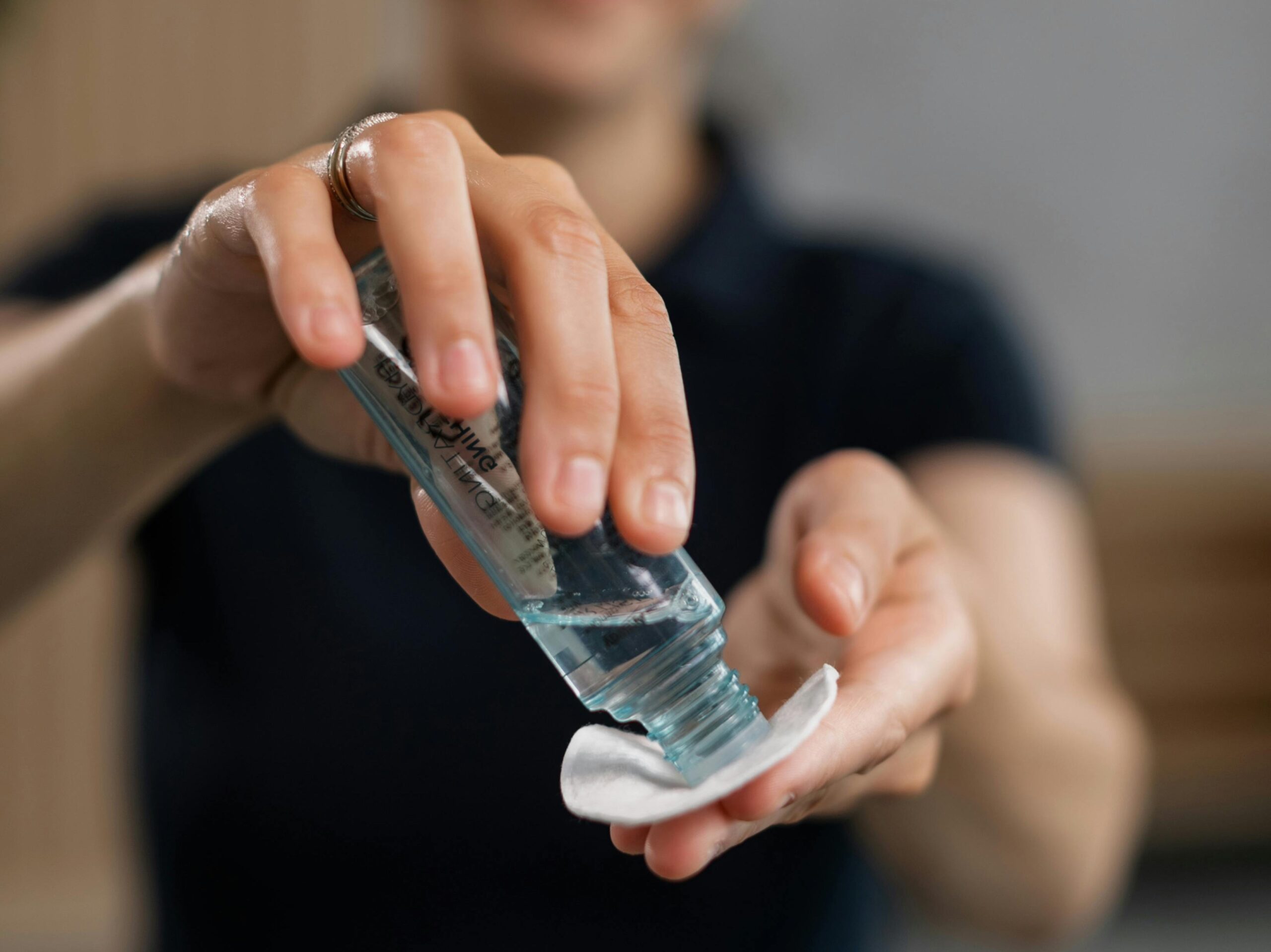I hear this all the time: “I want to do a chemical peel… but I have no idea where to start.” And honestly, I get it. PCA, TCA 15, TCA 30—the names don’t exactly help you understand what you’re signing up for. So let’s break it down.
Think of chemical peels as coming in three general strengths: a light refresh, a medium reset, and a deeper transformation. All three have their place, and choosing the right one depends on your skin goals, your lifestyle, and how much downtime you’re willing to commit to.
Let’s start with the PCA Peel because it’s the friendliest.
A PCA peel is a blended, superficial peel made with gentler acids like lactic, citric, and salicylic acid. It stays on the very top layer of the skin and gives you that fresh, bright, “I’ve-been-drinking-water-and-sleeping-well” glow without any dramatic peeling. Most people can go right back to work. If you’re new to peels, hesitant about downtime, or have sensitive skin, this is your best introduction. It’s like the skincare equivalent of getting a really good car wash—quick, refreshing, and great for maintenance.
I always add a PCA peel to my DiamondGlow.
If you’re looking for something stronger than a “refresh,” that’s where the TCA 15 peel comes in.
TCA stands for trichloroacetic acid, and at 15 percent, it penetrates deeper than PCA. This peel reaches into the upper dermis, which is where you start to see more significant changes in pigmentation, sun damage, fine lines, and texture. During the treatment, the skin may frost, and you’ll peel for about five to seven days after. It’s not a dramatic peel, but enough that you’ll want to plan around social events.
The results are worth it! You can expect smoother skin, more even tone, and a noticeable glow. I think of TCA 15 as the “reset button” for people wanting real correction without going too deep.
Now let’s talk about the TCA 30 peel, which is a whole different level.
This peel is deeper, stronger, and best for more advanced concerns like deeper wrinkles, long-standing sun damage, leathery texture, or visible acne scarring. TCA 30 dives deeper into the dermis, which is why the results can be dramatic but so is the downtime. Peeling usually lasts seven to ten days, and the skin can stay red longer afterward. This peel is transformative, but it’s not for every skin type and not for anyone who can’t commit to aftercare.
A TCA peel has both cosmetic and medical benefits. It can help with precancers (actinic keratoses) because it penetrates deep enough into the skin to remove layers of sun-damaged cells while stimulating healthy new cell turnover. Actinic keratoses are made up of abnormal keratinocytes caused by chronic sun exposure, and TCA 30 treats not just individual spots but the entire “field” of damaged skin, lifting away many precancerous cells as the skin peels.
As the skin regenerates, it replaces these damaged cells with healthier ones, softening roughness and texture while reducing the overall burden of sun damage and lowering the risk of progression into squamous cell carcinoma. While it is an excellent treatment for widespread sun damage, a TCA 30 peel does not replace a dermatology exam, and any suspicious lesions should still be evaluated or biopsied as needed.
If PCA is a quick tidy-up, the TCA 15 is a solid deep clean, and the TCA 30 is the full-on scrub-every-corner spring cleaning.
Chemical peels don’t have to be scary, and the right one can completely change your skin. If you’re unsure, this is exactly the kind of thing we go over in a cosmetic consultation: your goals, your skin type, your lifestyle, and what’s actually realistic for your healing schedule. There is no one-size-fits-all peel, but there is definitely one that fits you.

If you want help deciding what to book or you’d like a personalized plan, I’m always here to help. Feel free to email me anytime at mmahoney@drmonicascheel.com or call my direct line at (808) 666-2078. I love talking about skincare, and I’d be happy to help.
Mahalo for reading—and happy peeling. (Remember to commit to your aftercare!)


